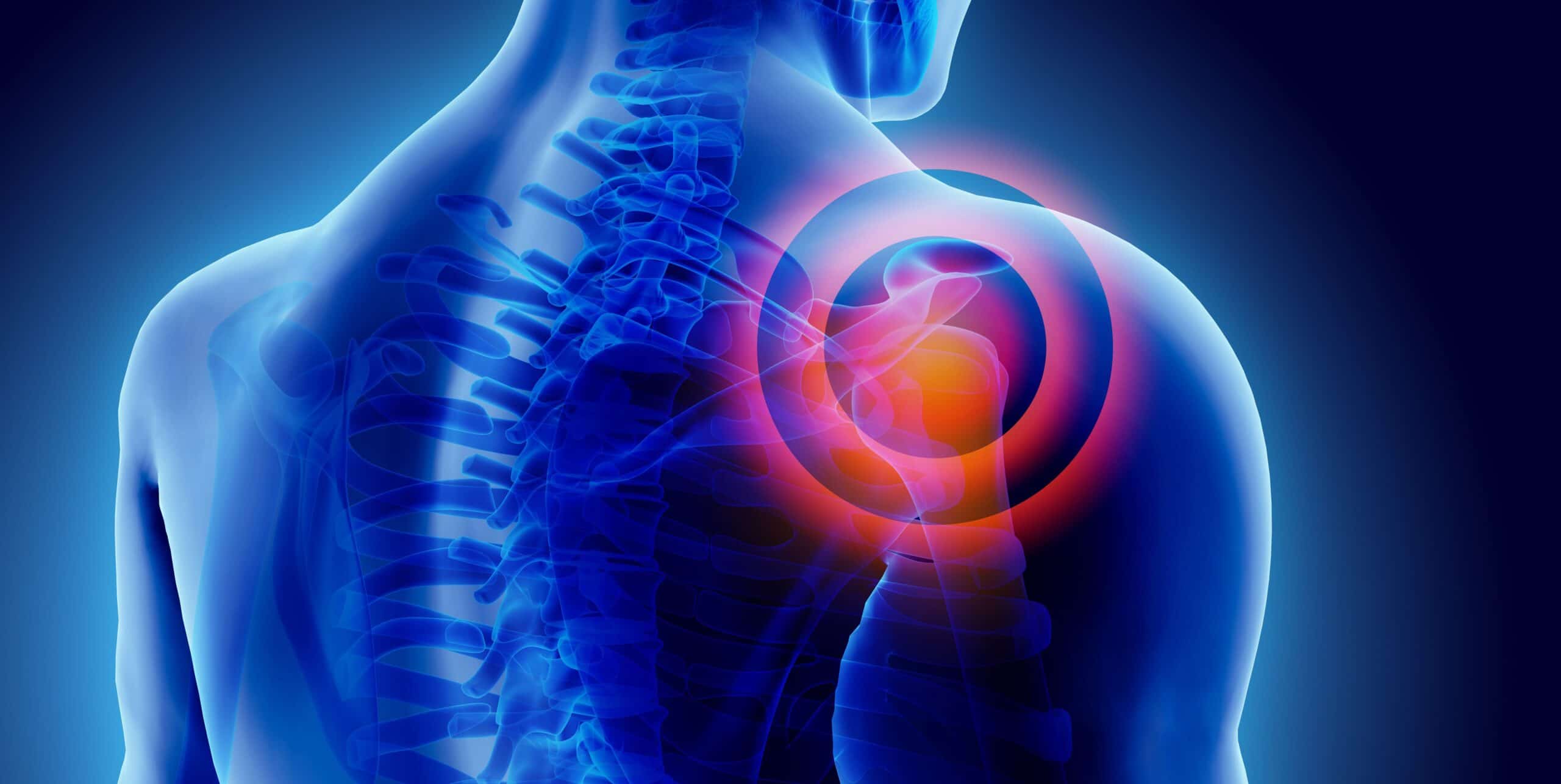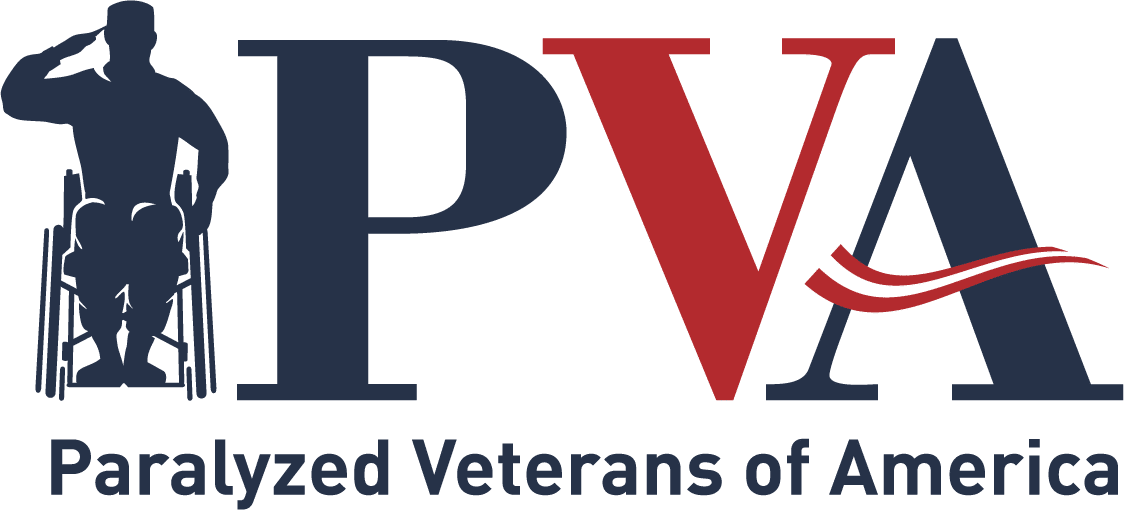Pain Management for Paralyzed Veterans
Posted By PVA Admin on September 4, 2020
Pain is one of the most common reasons that people seek medical care. Acute pain is the presenting symptom in 80% of physician visits, and it is estimated that 11% of the adults in this country experience daily pain. A report issued by the Department of Veteran Affairs stated that chronic, non-malignant pain affects 34 million people in the United States.
In the 1990s the medical establishment determined that pain was under recognized and under treated in this country. In 1999, VHA launched “Pain as the 5th Vital Sign” initiative, which is now universally employed in U.S. medical facilities. At the same time, the Joint Commission, an organization that monitors the care provided in hospitals, introduced standards for healthcare organizations to improve their care for patients with pain. Their recommendations encouraged physicians to liberalize their prescribing of opioids. Doctors were reticent to prescribe narcotics due to fears of creating narcotic addiction, but at the time, the Joint Commission was of the opinion that opioid addiction was not as significant a concern as was the undertreatment of pain. They felt that the reluctance to prescribe opioids was inadvertently causing many people to suffer needlessly. As a result of these well-intentioned efforts, the number of prescriptions for opioids exploded. The number of opioid prescriptions went from 76 million in 1991 to a peak of 219 million in 2011. An opioid addiction epidemic was unwittingly created.
The CDC reported that in 2016, more than 11.5 million people reported misusing prescription pain medications. In response, the CDC has published a comprehensive guideline for the prescribing of opioids for chronic pain (pain that lasts longer than three months or pain that exceeds the time for normal healing). In the guideline, the CDC recognizes the value of opioids for the treatment of pain but encourages prescribers to use them only when other non-opioid medications and other non-pharmacologic modalities are ineffective. This is a stark change from guidance given to physicians in the 1990’s and has led to a decrease in the number of opioid prescriptions.
In recent years, health care providers have become acutely aware of the dangers of opioid addiction and are prescribing opioids more selectively. There is now a general recognition that treating pain effectively – most specifically chronic pain, which is pain that lasts more than three months – requires a holistic approach. In fact, studies from the Pain Medicine Department at the University of Washington have demonstrated that opioids are farther down the list of effectiveness in reducing pain compared to other modalities. There are many alternative and complimentary therapies for the treatment of pain, but they fall into two broad categories: Non-Opioid Treatment Options and Behavioral Treatment Options.
Non-Opioid Treatment Options:
- Non-opioid medications such as nonsteroidal anti-inflammatory drugs (NSAIDS), acetaminophen, tricyclic antidepressants, anti-epileptics and topical medications. A number of these, sometimes used in combination, have been shown to be as effective as narcotic pain relievers;
-
Minimally invasive surgical procedures such as nerve blocks, ablations and steroid injections;
-
Physical therapy and micro needling can be very effective in pain reduction for musculoskeletal issues;
-
Acupuncture;
-
Lifestyle modifications such as weight reduction, sleep management and stress reduction.
Behavioral Treatment Options:
- Cognitive Behavioral Therapy (CBT) is a type of psychotherapy that provides training to change the way people think and relate to pain, which affects the way they feel. CBT is getting a great deal of attention in the pain management field. Recent studies show that chronic pain patients experience between a 30% and 60% reduction in pain intensity by learning and applying CBT techniques. In comparison, opioids are only 30% effective in alleviating chronic pain.
- “Living Well with Chronic Pain” is a program developed by Stanford University to empower people with chronic pain to overcome their disability and lead a fuller, more enjoyable life. It is available in many communities in the country and has proven to be very helpful.
- Peer to Peer Meetings, where trained peer educators facilitate groups of chronic pain patients to share their experiences and offer encouragement. Just knowing one is not alone and there are others that have similar problems is comforting.
Alleviation of pain and suffering has always been a major goal of medical practitioners throughout the years. Today, proper pain management is of major importance in medical practice.

